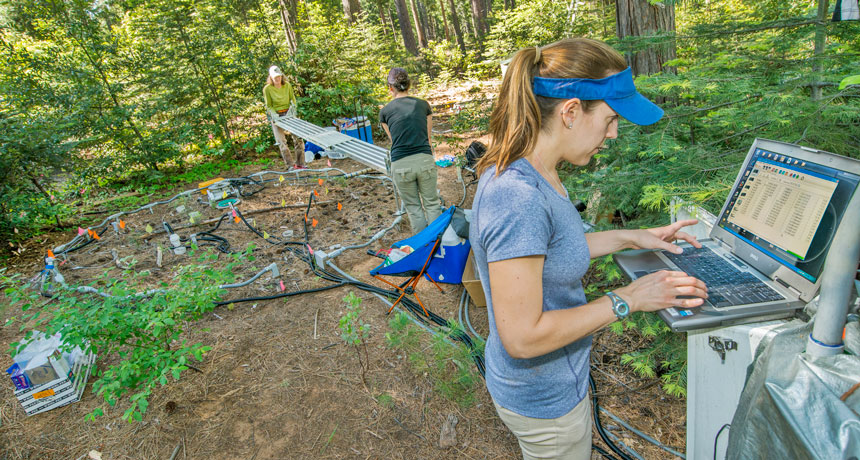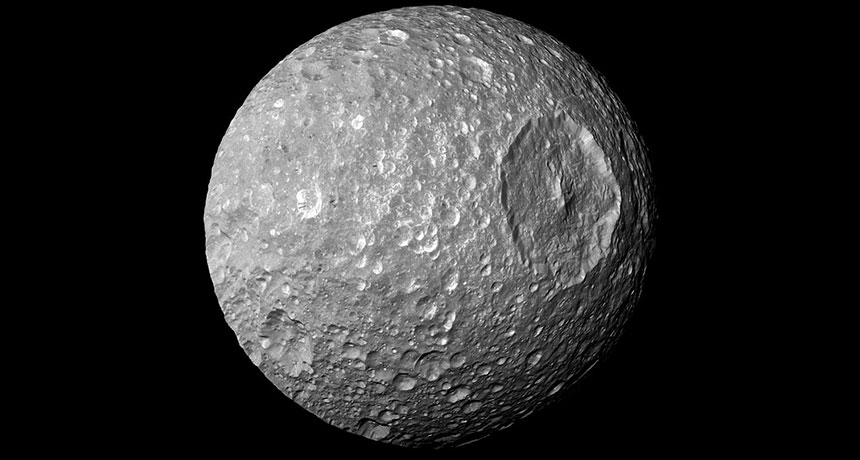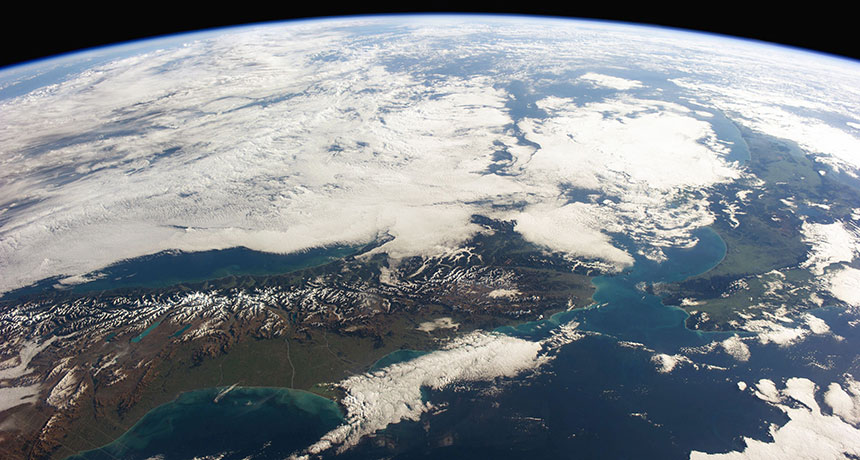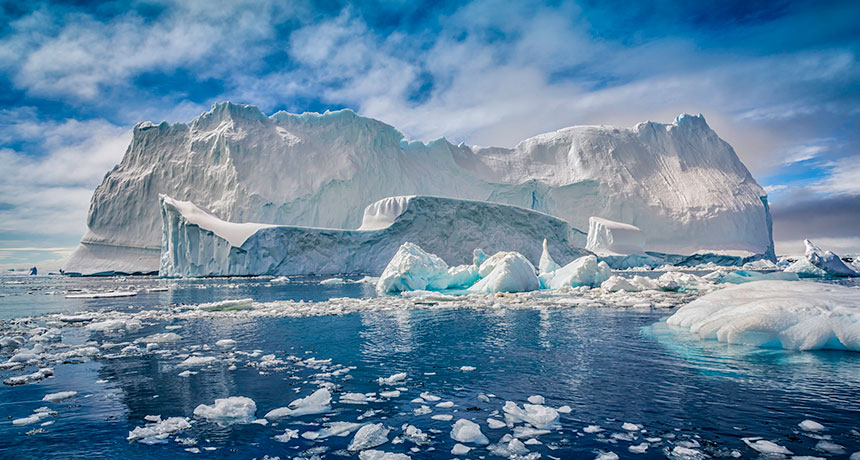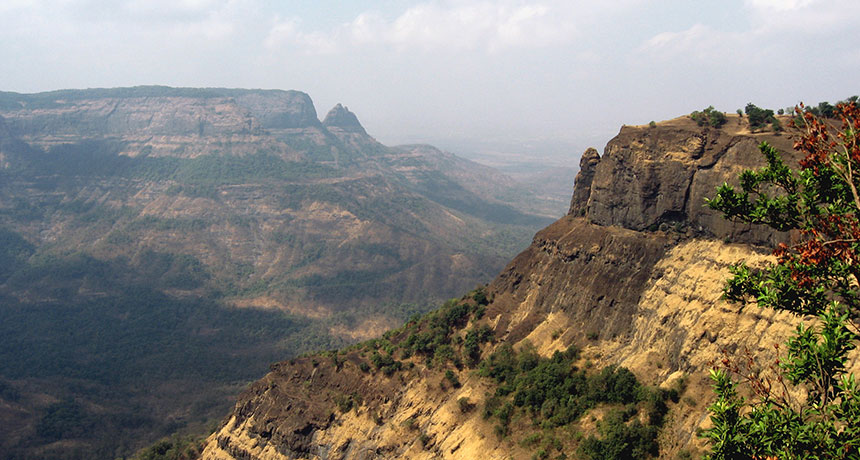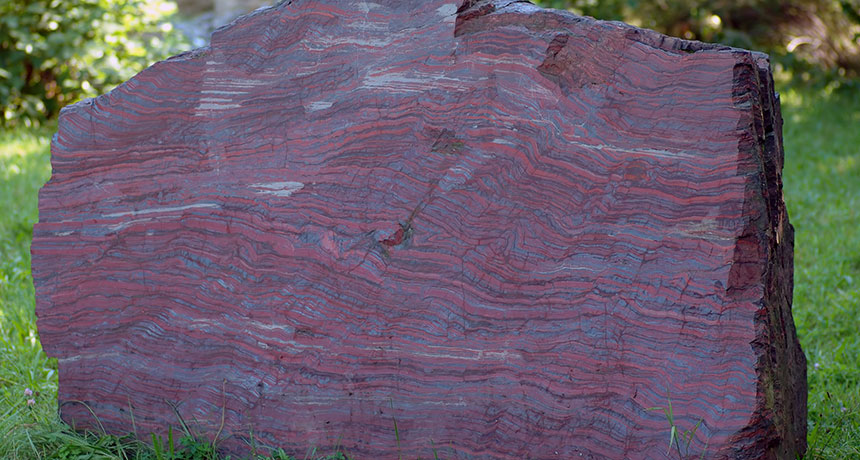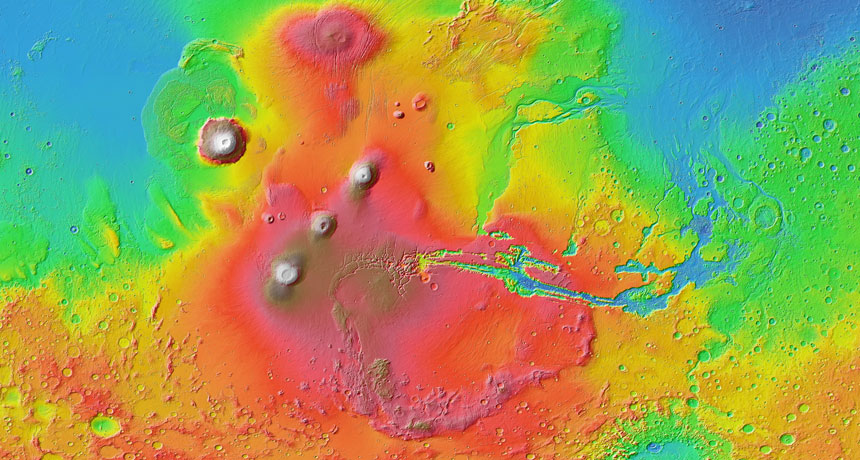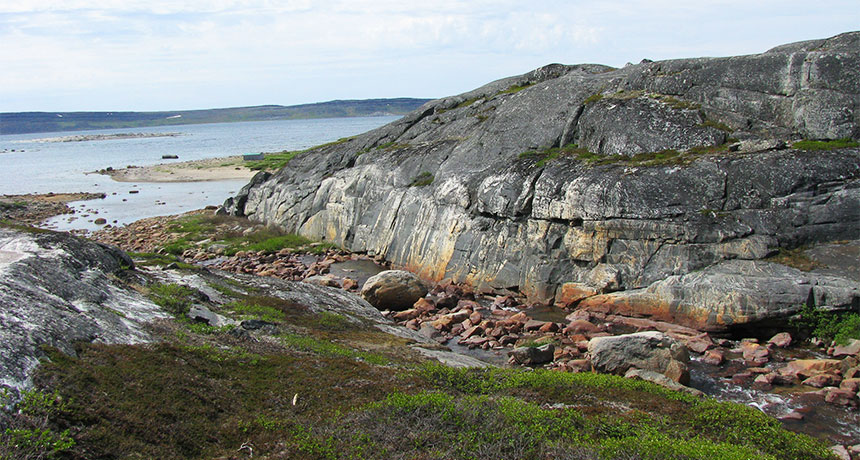
Remnants of Earth’s original crust preserve time before plate tectonics
Science News, March 2017Not all of the newborn Earth’s surface has been lost to time. Transformed bits of this rocky material remain embedded in the hearts of continents, new research suggests. These lingering remnants hint that full-fledged plate tectonics, the movements of large plates of Earth’s outer shell, began relatively late in the planet’s history, researchers report in the March 17 Science.
